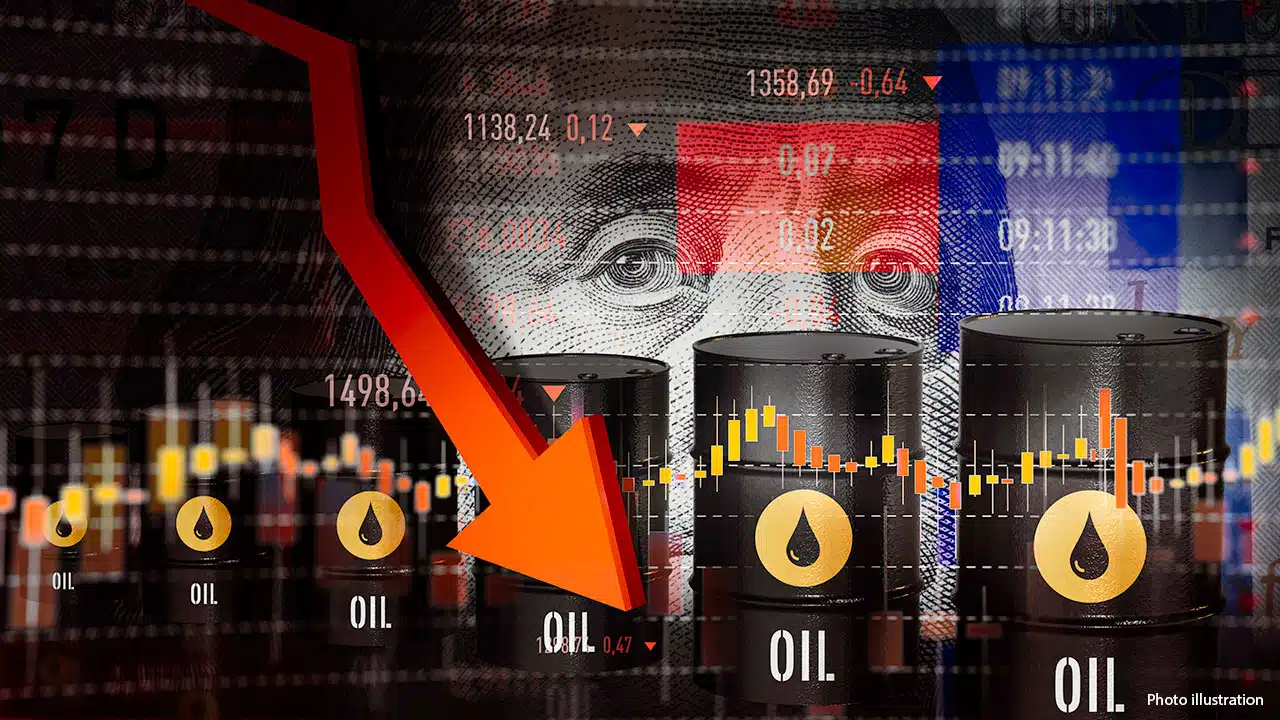- Crude inventories in the United States experienced a significant increase, while petroleum products witnessed a decrease due to a decline in refining activity.
- OPEC predicts strong growth in demand
- Chair of the U.S. Congressional Intelligence Committee raises concerns over a potential ‘threat to national security.’
Oil prices plummeted by $1 per barrel on Wednesday due to a significant increase in U.S. crude stockpiles, causing downward pressure on prices. Additionally, concerns over a potential security risk to the United States have raised uncertainties about the future demand for oil in the world’s largest economy.
Oil Futures Fall in Price
The settlement price for Brent crude futures was $81.60 per barrel, experiencing a decrease of $1.17, or 1.4%. The price of U.S. West Texas Intermediate (WTI) crude futures closed at $76.64 per barrel, experiencing a decrease of $1.23, or 1.6%.
Last week, the Energy Information Administration reported a significant increase in U.S. crude inventories. The inventories surged by 12 million barrels, reaching a total of 439.5 million barrels.
This unexpected rise far surpassed the predictions of analysts in a Reuters poll, who had anticipated a more modest 2.6 million-barrel increase. The decline in refining activities, which dropped to its lowest levels since December 2022, contributed to this substantial jump in inventories.
“The refinery utilization rate is quite concerning, experiencing a decline for four to five consecutive weeks towards the end of winter,” commented Bob Yawger, the director of energy futures at Mizuho. He further mentioned that refiners have maintained a sluggish pace of activity even after recovering from the severe disruptions caused by the deep freeze in the previous month.
Oil Refining Volumes Are Declining
Last week, there was a significant drop in crude oil refinery runs, with a decrease of 298,000 barrels per day to reach 14.5 million barrels per day. Additionally, refinery utilization rates experienced a decline of 1.8 percentage points, reaching 80.6% of total capacity. These figures represent the lowest levels observed since Winter Storm Elliott caused numerous refineries to go offline in December 2022.
Meanwhile, the intelligence chair of the U.S. Congress issued a warning about a significant threat to national security, causing concern among confident oil investors.
“In a potentially casual manner, war and terror incidents occurring in areas unrelated to oil production have a negative impact on oil prices as they are expected to decrease demand,” stated John Kilduff, a partner at Again Capital based in New York.
Prices received a boost from a monthly report on Tuesday by the Organization of the Petroleum Exporting Countries (OPEC), which projected a 2.25 million bpd increase in global oil demand by 2024 and a further 1.85 million bpd increase by 2025. Both predictions remained the same as they were in the previous month.
In a recent development within OPEC, Iraqi Prime Minister Mohammed Shia al-Sudani and Saudi Energy Minister Prince Abdulaziz bin Salman met to discuss the significance of cooperation between their nations in order to uphold stability in the oil markets.
Kazakhstan has announced its intention to make up for its excess oil production in January in the upcoming months, thereby fulfilling its obligations to adhere to the production cuts agreed upon by OPEC+.
Geopolitical factors played a significant role in shaping the oil markets, with conflicts in the Middle East and Russia-Ukraine, as well as the emerging belief that U.S. interest rate cuts will be delayed compared to earlier predictions.
“Presently, the ongoing events concerning Israel and Gaza, along with Ukraine’s conflict against Russia, have a greater impact on people’s emotions than the underwhelming U.S. inflation data,” expressed Tamas Varga, an analyst at PVM.


